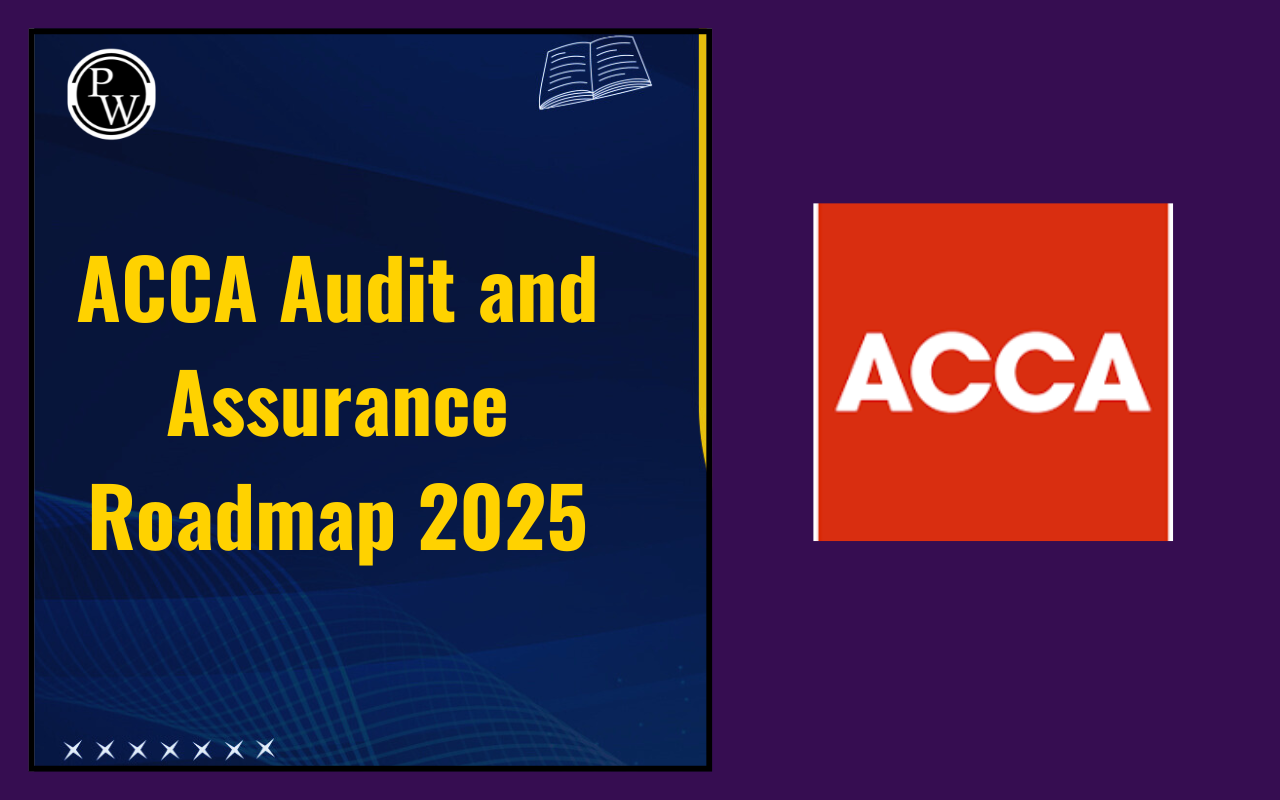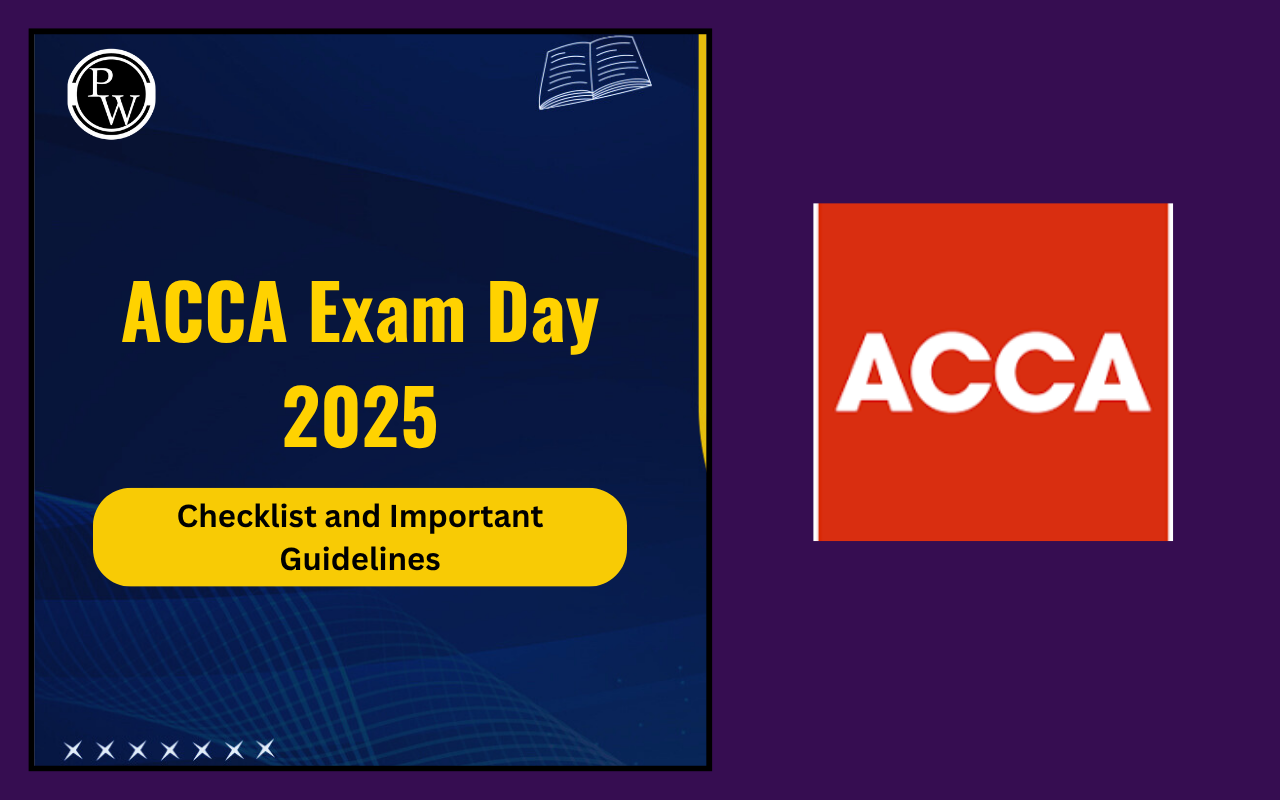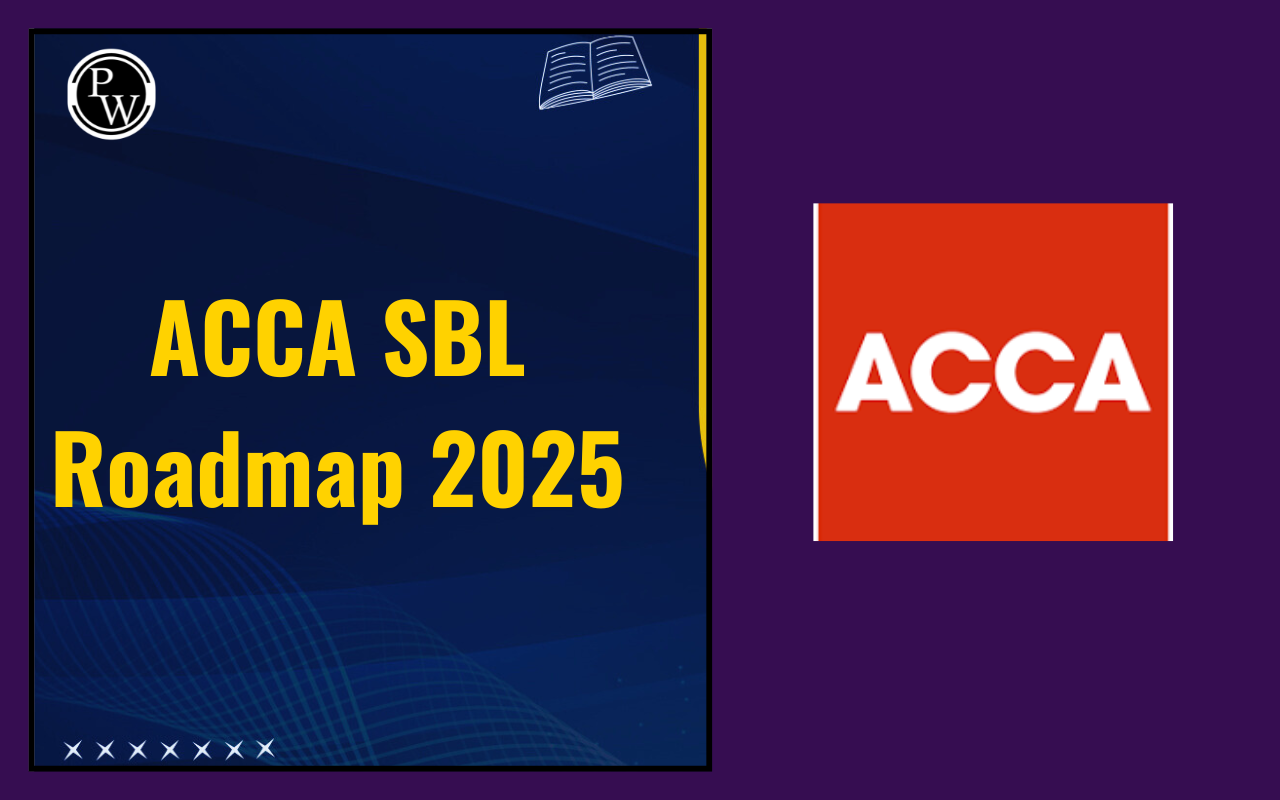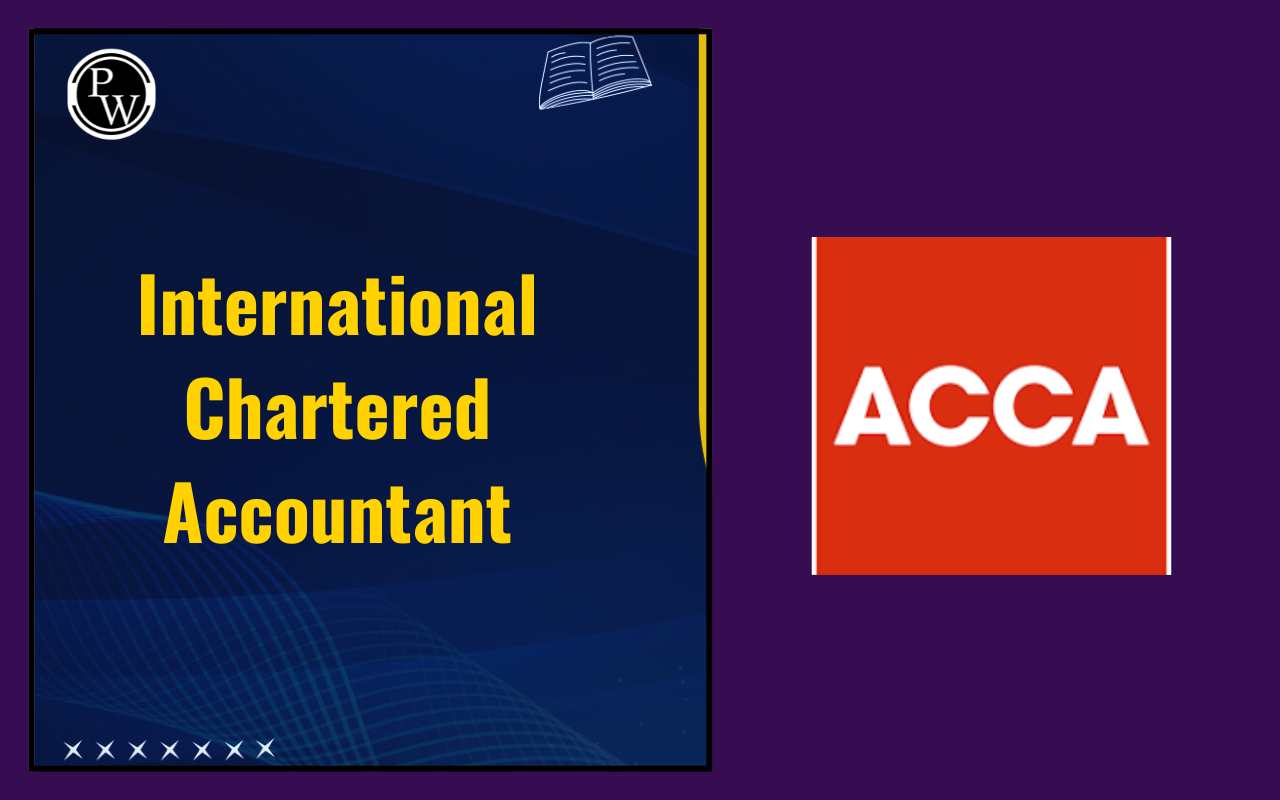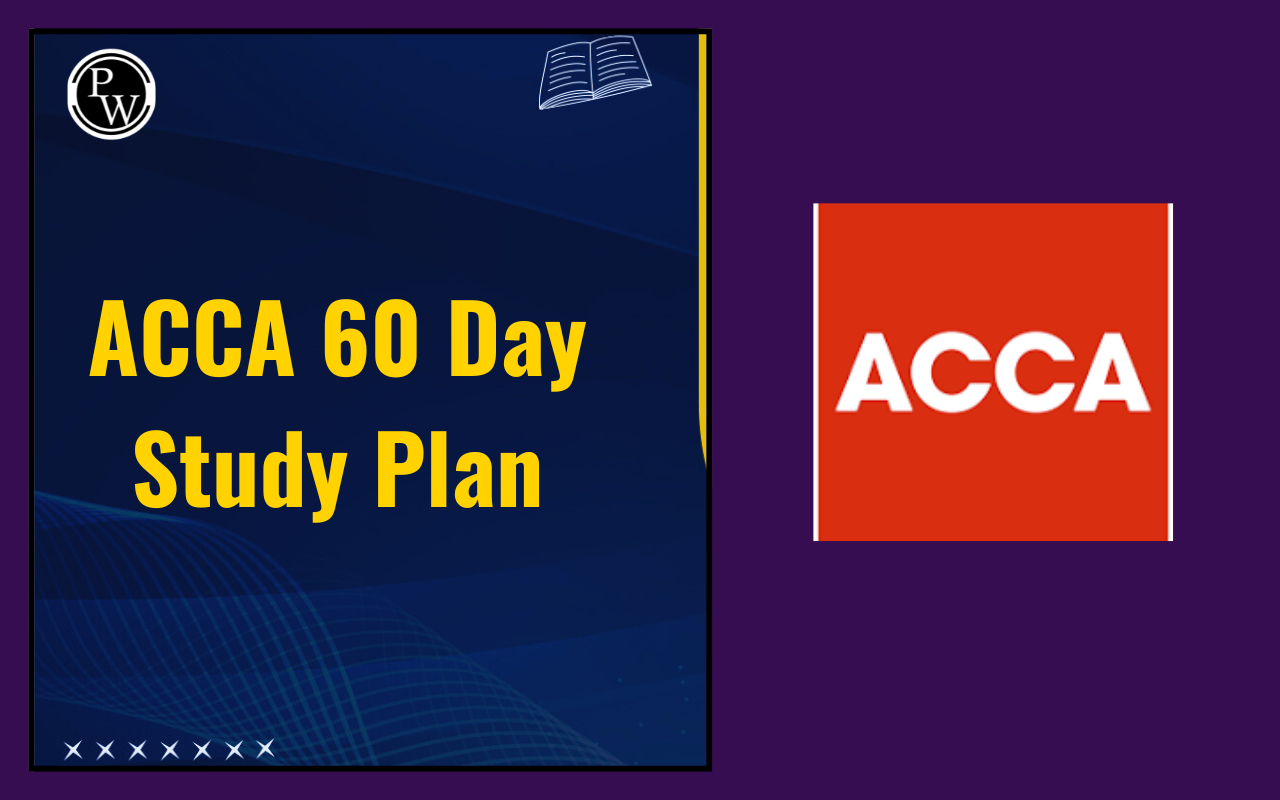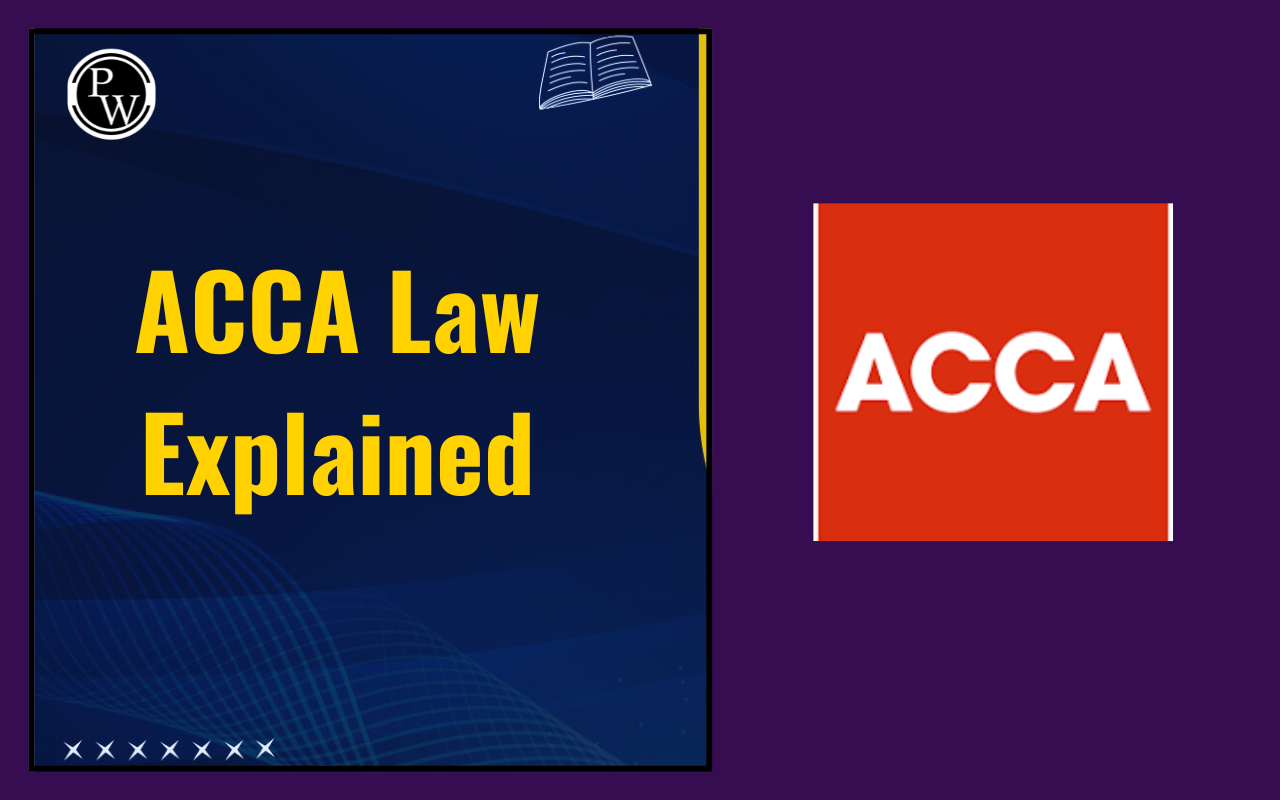
Demand and Supply: Demand and supply are foundational principles that shape economic activity in both theory and real-life markets. Understanding the relation between demand and supply is not just essential for academic success but also for making informed decisions in business and policy-making.
The concept of demand and supply explains how prices and quantities of goods are determined through the interaction between buyers and sellers. When prices rise, sellers typically offer more while buyers demand less. In contrast, when prices fall, the demand rises but the supply reduces. This dynamic helps balance the market through the laws of demand and supply, which work together to establish equilibrium price and quantity.
ACCA BT paper comprises the concepts of demand and supply. Candidates aiming to attain an ACCA knowledge level must gain a thorough understanding of these concepts to strengthen their preparation and enhance their prospects of scoring good marks.
What is Demand?
Demand arises from consumer needs and the value they assign to different products or services. While essentials like food and water are universally demanded, other goods might appeal only to specific groups depending on their preferences and perceived usefulness.
Several factors influence how much of a product people are willing to buy. These are:
-
The product’s price
-
Prices of related items, such as substitutes or complementary goods
-
Consumer income
-
Individual tastes and preferences
-
Expectations about future prices or availability
These factors are typically examined one at a time while assuming the rest remain unchanged. Most commonly, economists study how price affects quantity demanded. Generally, there’s an inverse relationship between price and demand. When the price goes up, demand falls; when the price drops, demand rises. This relationship is illustrated by the downward-sloping demand curve.

If other factors, like income or taxes, change, the entire demand curve may shift. For example, an income rise often increases demand, shifting the curve outward. Conversely, if a cheaper alternative becomes available, demand for the original product may drop, shifting the curve inward.
While economic models offer useful insights, real-world behaviour can be unpredictable. As incomes grow, people may move away from staple goods not because they're unaffordable but because they now have better choices. This highlights how demand is deeply rooted in human behaviour.
Also Check: Organisation Structure
What is Supply?
Supply describes how much of a product or service producers are willing to provide for sale in the market. Like demand, supply is closely linked to price. Producers are typically more inclined to increase production when prices rise, as it offers greater potential profit.
This relationship between price and quantity supplied is depicted using a supply curve, which usually slopes upward, showing that higher prices lead to higher quantities being offered for sale. For example, if prices rise from one level to another, producers will generally respond by increasing the quantity supplied.

The key factors that influence supply include:
-
The price of the goods or services.
-
Costs and prices of other goods.
-
Production expenses and profitability.
-
Business goals and market expectations.
-
Technological advancements.
Businesses aim to maximise their profits by equating marginal revenue, the income from selling one additional unit, with marginal cost, the expense of producing it. However, they might continue production even when profits aren’t maximised, provided the income from each unit helps cover operating expenses.
While a shift in price leads to movement along the supply curve, changes in other supply factors, such as technology or input costs, can cause the entire curve to shift, either expanding or reducing overall market supply.
Difference Between Demand and Supply
Demand and supply are foundational concepts in economics that describe how markets function. While they are interconnected, they represent opposite forces in the market. Here are the key differences between demand and supply:
| Difference Between Demand and Supply | ||
| Points of Difference | Demand | Supply |
| Meaning | Willingness and ability of a consumer to buy a product at a given price. | Quantity of a product a producer is willing to sell at a given price. |
| Market Side | Buyer centric | Seller centric |
| Relationship with Price | Inverse relation. When price increases, demand decreases. | Direct relation. When price increases, supply increases. |
| Graph Curve Direction | Downward-sloping | Upward-sloping |
| Key Influencing Factors | Income, preferences, price of substitutes/complements, expectations. | Cost of production, number of sellers, technology, taxes/subsidies. |
| Shift in Curve Caused By | Change in income, tastes, or other non-price factors | Change in input costs, technology, or external factors like taxes |
What is Elasticity in Economics?
Elasticity measures how much the quantity of a product demanded or supplied reacts to changes in influencing factors. When a minor price adjustment causes a significant shift in demand, the good is considered highly elastic. On the other hand, if demand stays relatively unchanged despite a price variation, the product is inelastic.
Businesses use the elasticity of a product for setting prices, as it helps predict customer response and revenue outcomes. Governments also rely on elasticity when estimating tax yields from indirect taxes like GST or VAT.
What is Market Equilibrium?
Market equilibrium occurs when the amount of goods producers are willing to supply matches exactly with what consumers are willing to purchase. This balance is found at the point where the supply and demand curves meet, indicating the ideal market price and quantity. At the equilibrium price level, the intentions of buyers and sellers align, and there is no surplus or shortage in the market.
When prices are set above this point, the quantity of goods available exceeds what consumers are willing to buy, causing excess supply. To sell off the unsold stock, producers are typically forced to reduce prices. In contrast, if prices fall below the equilibrium point, demand outpaces supply, leading to a shortage. The natural response in such a case is a price increase, as consumers compete for the limited goods available.
Demand and Supply for ACCA FAQs
What is the law of supply?
What is the relationship between the supply and the demand?
What is the concept of supply?
How to calculate demand?
What is scarcity in economics?

